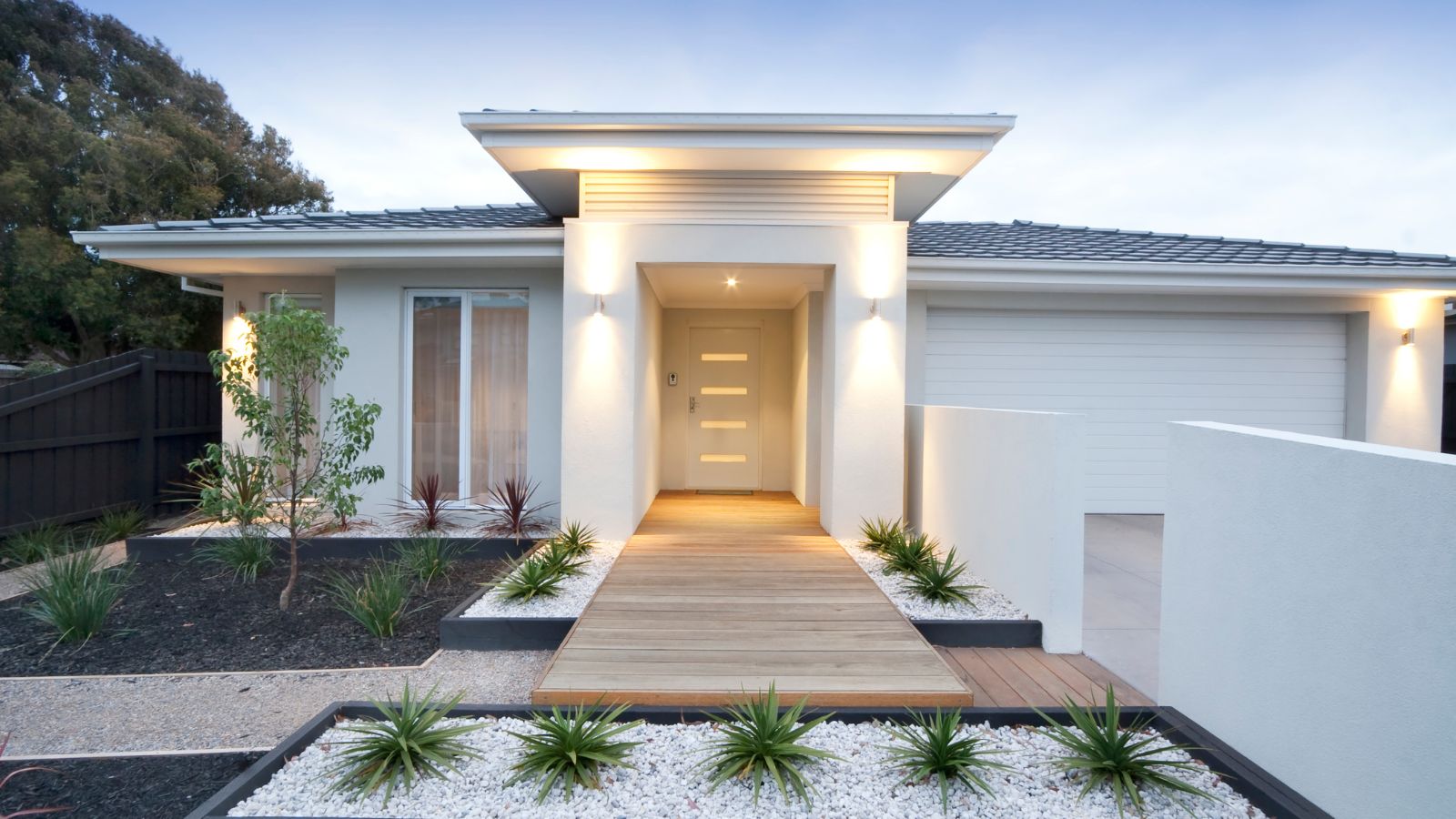Contemporary home designs all about breaking traditional boundaries and embracing the new. It’s a style that’s constantly evolving, mirroring the ever-changing trends of our modern world. Clean lines, open spaces, and minimalist aesthetics define this design philosophy, making it a popular choice for today’s homeowners.
Contemporary Home Design
Major shifts in design paradigms during the late 20th century marked the birth of contemporary home design. This period saw a movement from heavy, ornate styles typical of the Victorian era to more streamlined, functional designs. With an atmosphere of change and progressiveness, designers began merging form, function and efficiency into a single design philosophy, giving rise to the modern, clean, and sleek contemporary style.
The rise of urban living in the 21st century has further impacted the evolution of contemporary design. With a growing emphasis on sustainability, the design style now heavily leans toward eco-friendly materials and energy-efficient designs. Architects and designers are constantly innovating, finding creative ways to balance the needs of homeowners with the pressing demands of environmental responsibility.
Additionally, contemporary design has adapted to incorporate open-plan living. This transformation arose from a shift in social dynamics. The traditional compartmentalised room structure has given way to open spaces that reflect a more relaxed, inclusive and interactive lifestyle.
Technological advancements have also played a pivotal role. By integrating smart home tech, the design style has evolved to include intelligent lighting systems, automated climate control, and other IoT devices. This fosters not just comfort but also the effective use of resources, echoing the primary goals of contemporary design – functionality and sustainability.
Key Elements of Contemporary Design
Contemporary home design involves an assortment of key elements. These elements are responsible for setting contemporary homes apart from other design styles.
Sustainability tends to be a primary focus of contemporary home design. The consideration of the environment and its resources play a significant role. In fact, sustainable materials and energy-efficient practices are fundamental in most, if not all, contemporary structures. From recycling and repurposing materials, to the use of solar panels and energy-efficient appliances, sustainability remains at the forefront.
Open-Plan Living is another distinguishing factor. Contemporary designers and homeowners prefer open and airy spaces, rejecting the idea of individual, enclosed rooms. The integration of living areas – kitchen, dining room and living room – has become popular. It’s a move that values a sense of freedom and continuous flow in home design.
Smart Home Technology is a modern element introduced into contemporary design. With the rise of digital technology, more homes incorporate intelligent systems for convenience and efficiency. From smart thermostats and security systems, to home automation kits that let you control your home’s lighting, appliances, and even blinds with your voice or a smartphone app.
Benefits of Contemporary Design
Harnessing the power of contemporary home design does more than just provide a visually striking environment. It’s a treasure trove of benefits, some conspicuous, others less so. Let’s uncover these advantages, thread by thread.
First, sustainability. This cornerstone of modern design isn’t a simple nod to green-living. It brings numerous perks to the table. By using eco-friendly materials and energy-efficient practices, homeowners can significantly reduce their carbon footprint. The implications stretch beyond mere cost-saving. They contribute to a healthier overall living milieu, enhancing indoor air quality and reducing exposure to toxins and allergens.
Another big win is the sensation of spaciousness offered by open-plan living. This trend seeks to eliminate redundant walls and boundaries, creating a more unified and flexible living space. The result? A sense of freedom and uninterrupted flow. And in today’s often chaotic world, who doesn’t crave more room, whether physical or perceptual!
We live in the digital era, and contemporary home design doesn’t shy away from smart home technology. Equipping a home with cutting-edge tech ensures every resident’s convenience and efficiency, sparing them the exasperation of small, time-consuming tasks. Imagine controlling your home’s lighting, heating, and security all at your fingertips. Comfort and convenience, reinvented.
